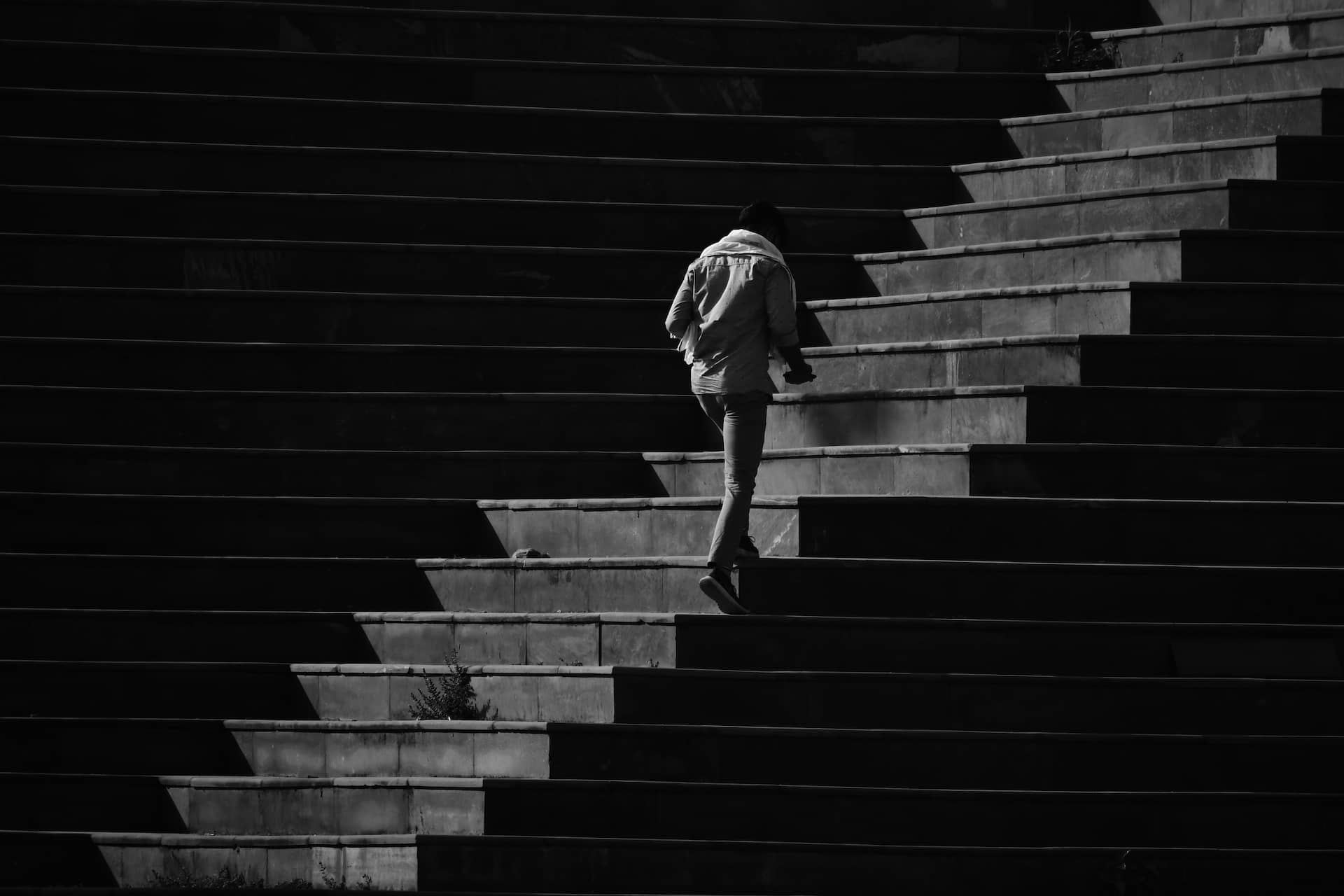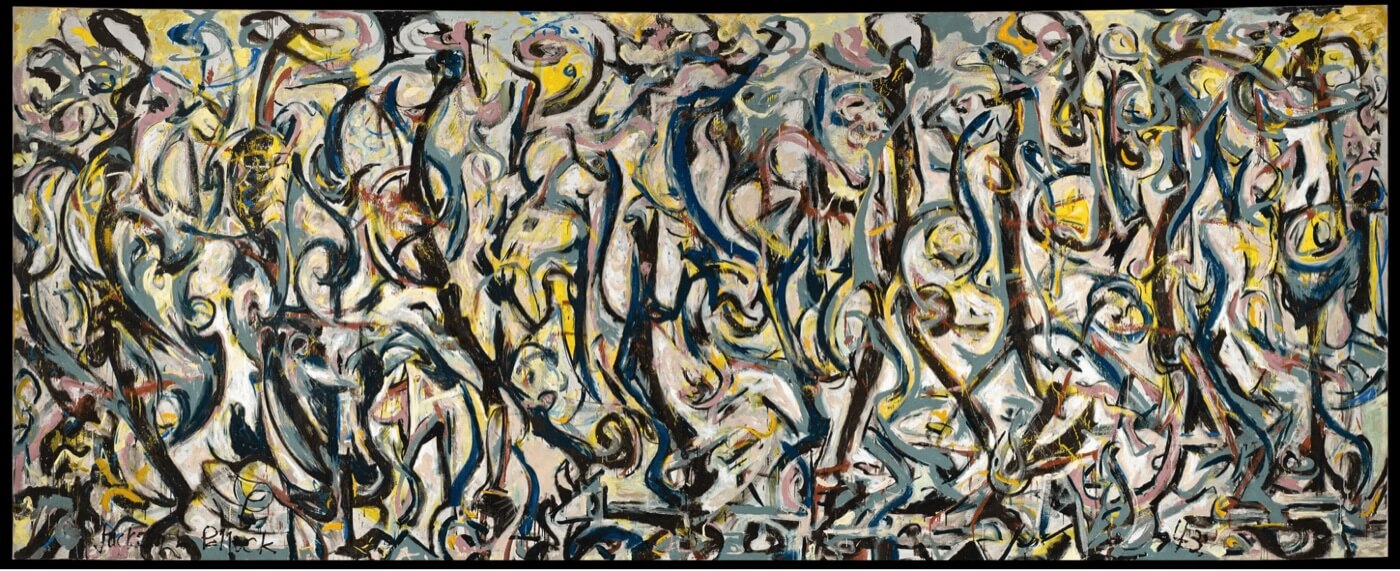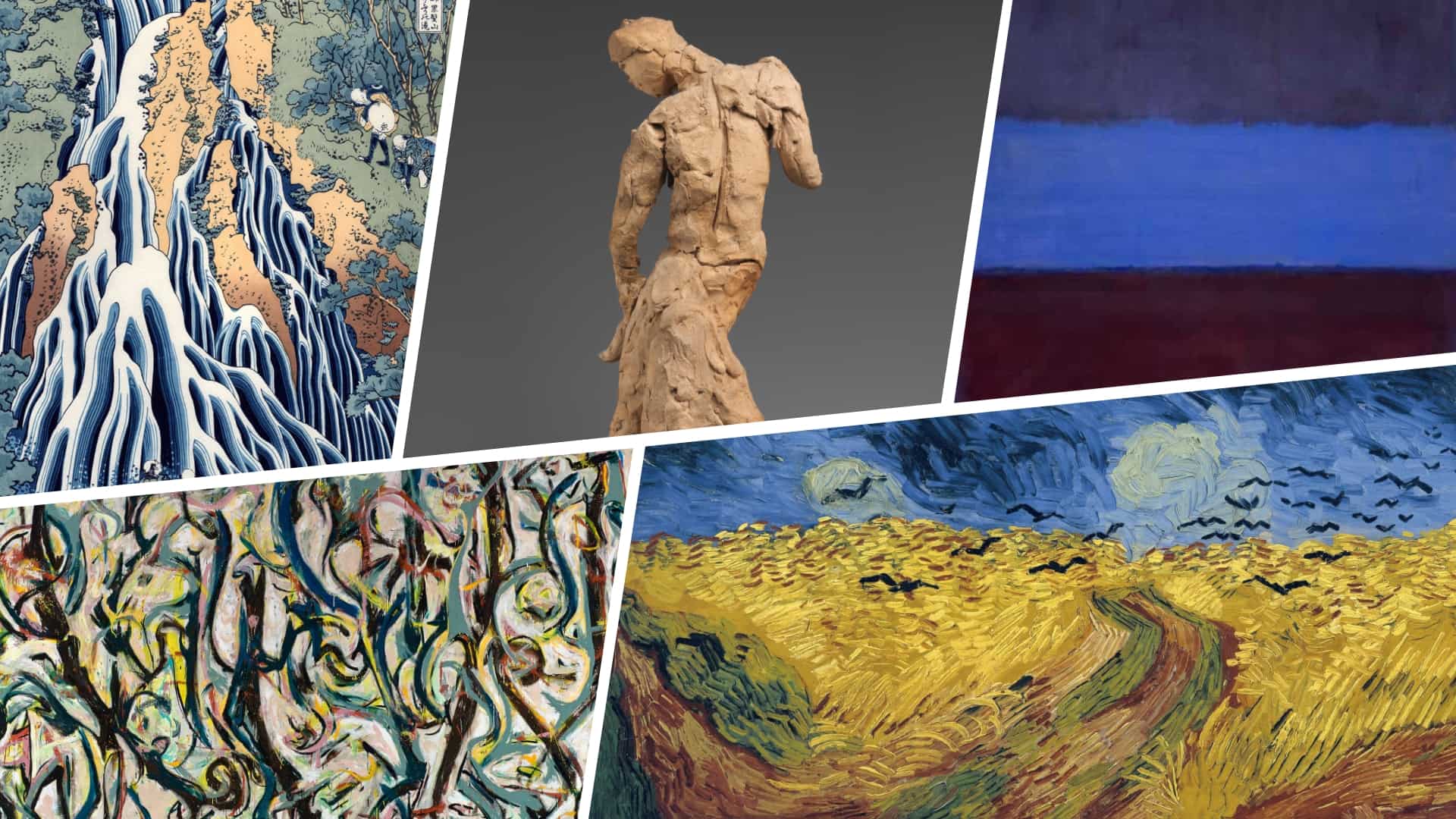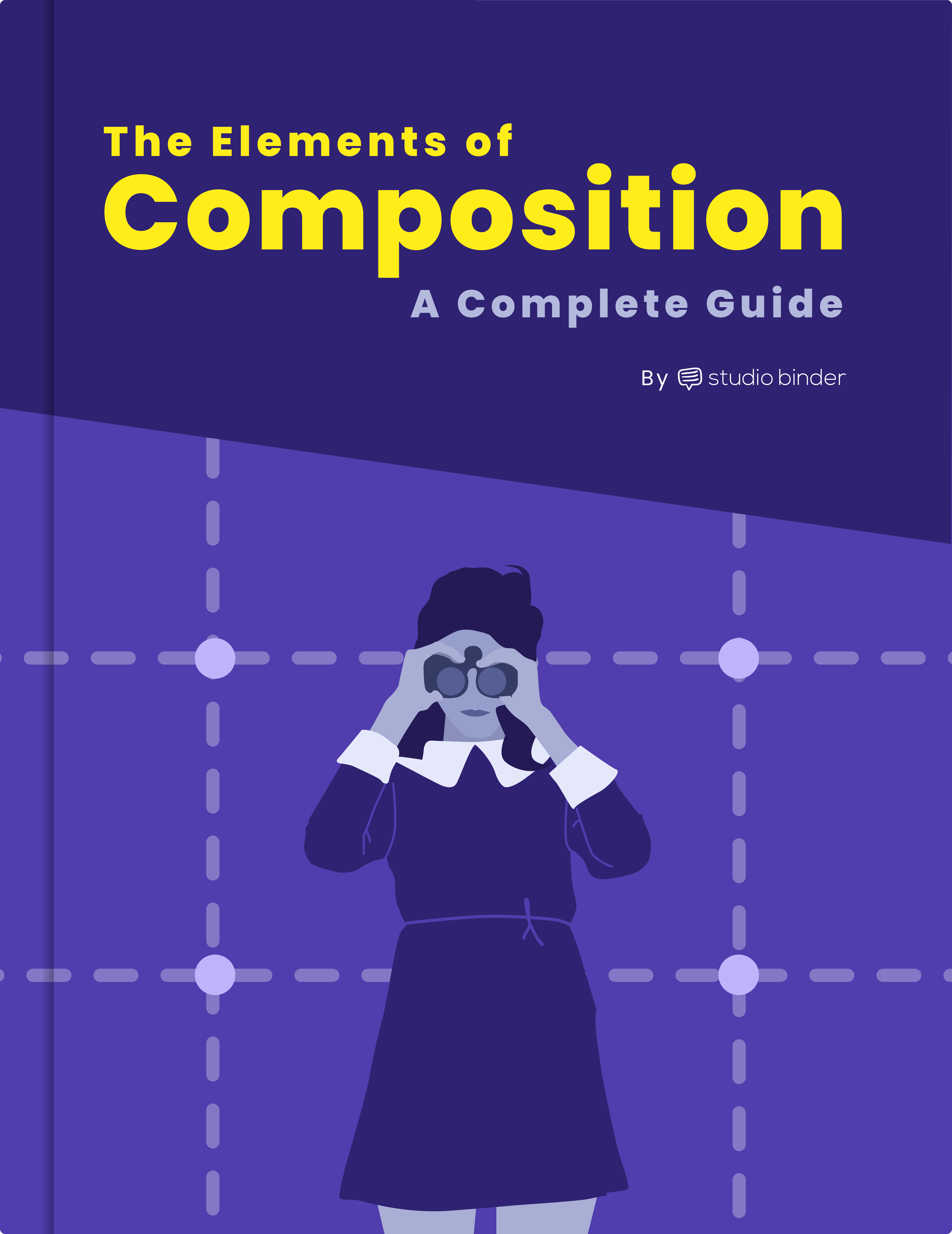Art is the expression of one’s innermost thoughts, feelings, and emotions through a variety of mediums. Movement in art is when an artist uses visual techniques, like color and composition, to create the illusion of movement and dynamism within their artwork.
This type of art is unique because it allows viewers to interact with the painting, sculpture or other works on a personal level as if they were walking through it. Let’s dive into movement in art and composition.
What is Movement in Art and Composition?
First, let’s define movement in art
By incorporating movement, artists are able to evoke powerful emotions and feelings that can be deeply meaningful to the viewer. It is one of many compositional techniques an image-maker can use to give their work life and substance. First, it’s important to understand the concept by looking at the movement definition in art.
MOVEMENT ART DEFINITION
What is movement in art?
Movement in art is the use of visual techniques, such as color, line, shape and composition, to create an illusion of motion or dynamism in a two-dimensional artwork. Movement can be used to create intense emotion or suggest the passing of time within a work.
In general, movement adds energy and activity to artwork and helps it come alive for viewers interacting with the piece. Movement can also be used to create tension or harmony between elements within a work. Movement is an extremely important part of creating successful art as it creates interest and depth that bring life to a piece.
What is Movement in Art Used For?
- Create an illusion of motion or dynamism
- Suggest the passing of time
- Add energy and activity
- Create tension or harmony between element
What Does Movement Mean in Art and Composition?
How to show movement in art
When creating artwork with movement there are several techniques that can be used. Let’s take a look at a few techniques artists use to create movement in their work.
Color
Color is one of the most popular tools for creating movement in art. Bright and vibrant colors can draw viewers attention around a painting. Meanwhile, calmer tones can help to keep the focus on one area for longer periods of time.

No. 61 (Rust and Blue) by Mark Rothko • Movement in art examples
In these cases, the "movement" is done by the viewer's eyes rather than the subject of the piece. Furthermore, different combinations and variations of color theory can be used to suggest motion or create tension between elements within a work.
Lines
Lines are used to define shapes and suggest action. Diagonal lines indicate movement while vertical lines tend to feel more stationary. Leading lines are a common technique used to draw the eye in a particular direction, creating movement within a still piece.

Photo of man walking up steps • Movement in art examples
By playing with line size, widths, direction and lengths, artists can create dynamic compositions that give their pieces energy and activity.
Shapes
Organic shapes such as circles, curves and ovals are great for creating fluidity within artwork which gives it a sense of movement. Geometric shapes like squares, triangles and rectangles appear more stable but can also be used to suggest action when combined with other elements.

Kandinsky: Colour study, Squares with concentric circles 1913
Composition
Composition is another important element when trying to create movement in artworks. When objects are clustered together they feel like they’re sharing space whereas when objects are further apart it gives the impression that they are moving away from each other which adds dynamism to the scene.
Different arrangements of elements like depth, contrast and scale can all be used by artists to create interesting compositions with strong visual interest.
Related Posts
What is Movement in Art History?
Examples From Artists And Movements
One classic example of successful use of movement comes from American Artist Jackson Pollock with his drip paintings from 1947-52; Pollock was heavily influenced by Native American sand painting traditions where he took creative liberties such as using paints rather than sands instead for his works.
His drips indicate speed and flow along with vibrant colors giving his works an intense dynamism not seen before in painting at this period in history.

Jackson Pollock’s 20-foot-wide “Mural”
Another example comes from Vincent Van Gogh. He often drew attention to elements within his works by surrounding them with blurred figures and strokes creating a dynamic, movement-filled composition.

Vincent van Gogh, Wheatfield with Crows, 1890
The Impressionists were pioneers when it came to incorporating movement into their paintings, They captured natural light on canvas through thick brushstrokes which resulted in pieces with energetic compositions full of life .
Japanese Ukiyo-e woodblock prints relied heavily on movement depicted through rapid linear figures (like bamboo branches swaying or water falling) against solid backgrounds conveying complex emotions quickly yet effortlessly.

Kirifuri Waterfall at Kurokami Mountain in Shimotsuke (1832) by Katsushika Hokusai
Finally abstract art saw many take advantage of its malleability, experimenting with all forms if shapes, colors, lines etc which results in vibrant compositions full off ‘unrealized’ potentials for experienced appreciators.

Attic (1949) by Willem de Kooning
Understanding how to use movement effectively can give artists an edge over those who don’t when it comes to creating powerful pieces that evoke strong emotions within viewers.
Experimenting with color, line, shape and composition as well as looking into examples from various artists and movements should provide enough knowledge needed for incorporating effective movements into your work.
For a deep dive into all things composition, download our FREE E-book: The Elements of Composition.
Free downloadable bonus
FREE Download
The Complete Guide to Composition Elements
When you master composition, you master the ability to tell a story, create a mood or deliver a message in a single image. Download our FREE e-book that covers the various elements of composition and the relevant techniques you can use to arrange, and compose the perfect image.
Up Next
What is Radial Balance in Art?
A technique used to create movement in art is the use of radial balance. As a compositional technique, radial balance can be incredibly valuable for drawing in a viewer’s eye. Learn more about it in our next article.
Up Next: Radial Balance →
Share your vision with elegant shot lists and storyboards.
Create robust and customizable shot lists. Upload images to make storyboards and slideshows.

